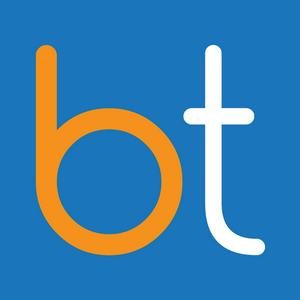Ep. 561 Dosimetry University VI: Challenging Case Review with Dr. Tyler Sandow and Dr. Zach Berman
When is Y90 the right treatment for metastatic disease? Join Drs. Tyler Sandow, Zach Berman and host Kavi Krishnasamy in the conclusion of Dosimetry University where they discuss the complexities of treating different variations of metastatic disease and review how they’ve approached complicated cases with Y90.
---
SYNPOSIS
The interventional oncologists first outline the types of metastases that they treat, including colorectal, lung, cholangiocarcinoma, breast, gastric, RCC, and melanoma. The doctors then discuss the potential for Y90 to provide palliative relief by reducing tumor-related pain. The conversation also covers key differences between treating liver-dominant and liver-only disease, along with their algorithm for patients not on systemic chemotherapy.The episode then covers advanced concepts in Y90, such as sub-ablative dosing, the possibility of creating an abscopal effect, and how radiation thresholds change depending on treatment goals.
They outline their approach to partition dosimetry, using SPECT/CT to calculate tumor-to-normal ratios, and explain how they modify particle counts and microsphere activity, using flow augmentation based on tumor vascularity. Additional discussion includes the impact of mutation status, prior lines of chemotherapy, and tumor response criteria like RECIST 1.1 and mRECIST.
The experts conclude with a case series that illustrates decision-making around when to consider Y90, thermal ablation, TACE, or alternative approaches—even in complex cases like sphincter of Oddi dysfunction. The session underscores the nuanced nature of advanced dosimetric techniques and the evolving landscape of interventional oncology.
---
TIMESTAMPS
00:00 - Introduction 01:30 - Types of Metastases Treated with Y9002:50 - Liver-Dominant vs. Liver-Only Disease 07:20 - Sub-Ablative Dosing and the Abscopal Effect09:55 - Tips for Partition Dosimetry 15:30 - Clinical Factors in Treatment Planning23:50 - Choosing Ablation, Resection, or Y90 for mCRC30:27 - Case Series: Colorectal Metastases, Biliary Complications, and more46:00 - Final Thoughts: The Evolving Field
---
RESOURCES
RECIST 1.1 and mRECIST Criteria:https://pmc.ncbi.nlm.nih.gov/articles/PMC9161105/
COLLISION Trial:https://ascopubs.org/doi/10.1200/JCO.2024.42.17_suppl.LBA3501
BackTable Episode on COLLISION Trial:https://www.youtube.com/watch?v=NQLKcv1BRVM
FOXFIRE, SIRFLOX, FOXFIRE-Global:https://www.thelancet.com/journals/lanonc/article/PIIS1470-2045(17)30457-6/fulltext


